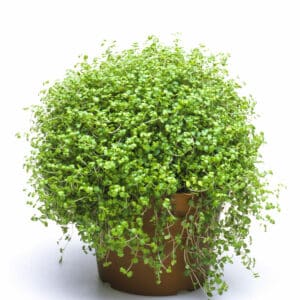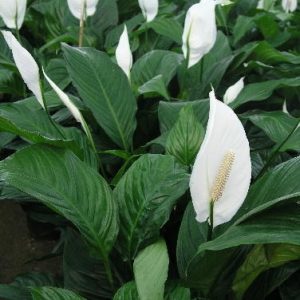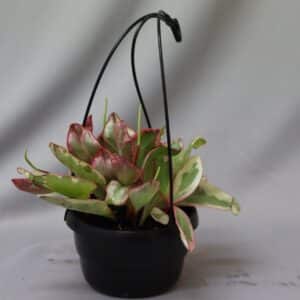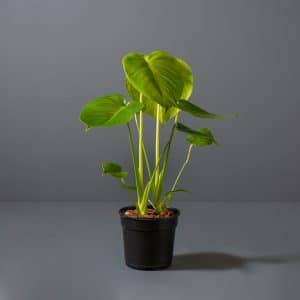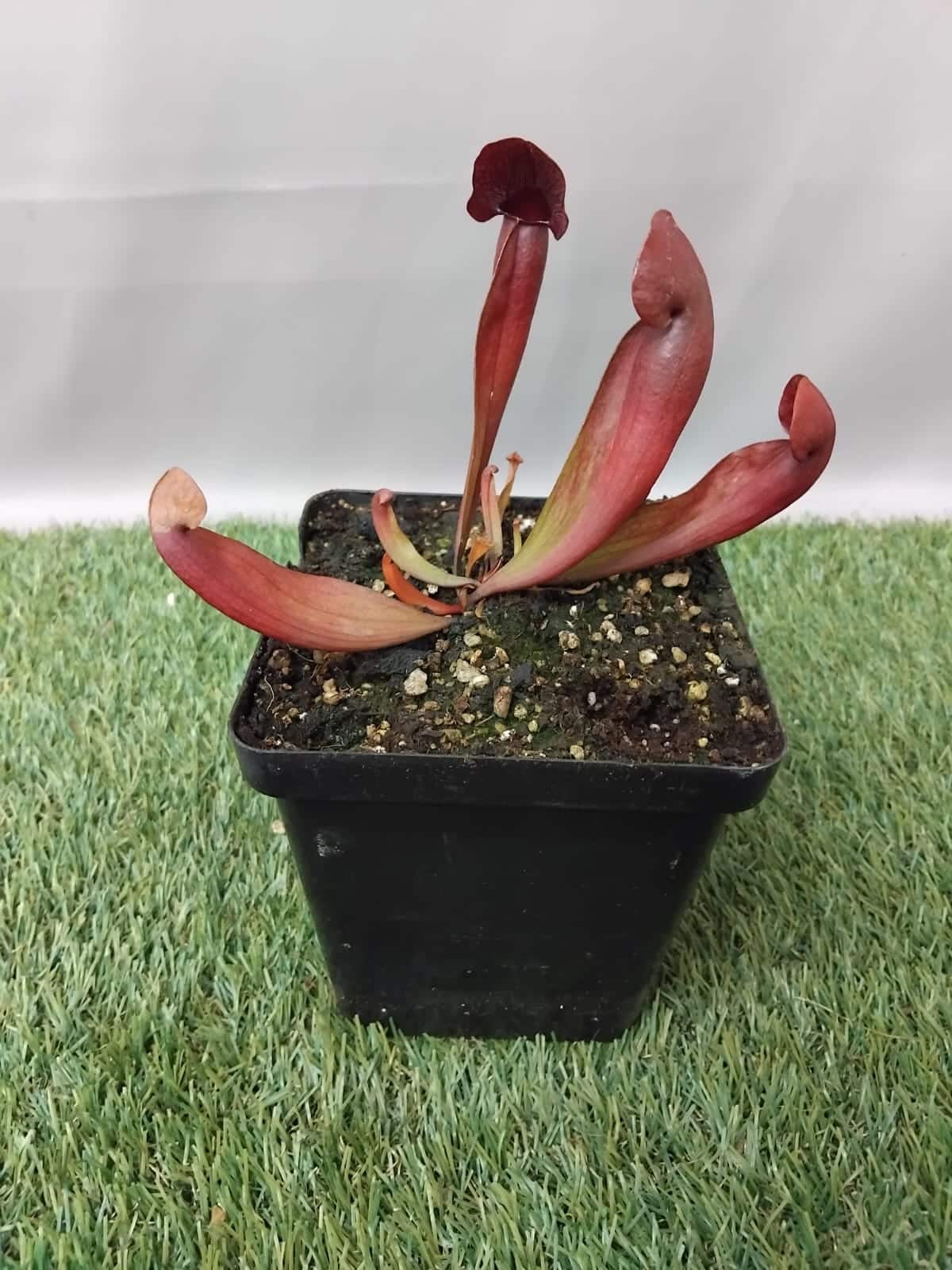
SARRACENIA PURPUREA 12.5CM
R289.99
The Sarracenia purpurea, commonly known as the Purple Pitcher Plant, is a captivating carnivorous plant that adds a unique touch to any garden or indoor space. With its striking appearance and fascinating feeding mechanism, this plant is not only a conversation starter but also an intriguing addition for plant enthusiasts and nature lovers alike.
6 in stock
Description
Appearance
This particular variety of Sarracenia features tall, tubular leaves that can reach heights of up to 12.5 cm (approximately 5 inches). The leaves are typically deep green with beautiful purple hues, especially in the upper portions, giving it its common name. The pitcher-shaped leaves are designed to attract and trap insects, which provide essential nutrients to the plant.
Habitat and Care Requirements
The Purple Pitcher Plant thrives in wet, bog-like conditions and prefers full sun to partial shade. When caring for this plant, it is important to keep the soil consistently moist but not waterlogged. Using distilled water or rainwater is recommended, as tap water may contain minerals that can harm the plant.
Light Requirements
- Full Sun: Ideally, place your Sarracenia purpurea in an area where it can receive at least 6 hours of direct sunlight daily.
Soil Type
- Acidic Soil: Use a mix of sphagnum moss and perlite or sand to create a well-draining yet moisture-retentive medium.
Watering Needs
- Consistent Moisture: Keep the soil damp at all times; avoid letting it dry out completely.
Feeding
While the Purple Pitcher Plant can photosynthesize like other plants, it benefits from occasional insect meals. The specialized structure of its leaves allows it to trap insects effectively. If grown indoors or in areas with fewer insects, consider supplementing with diluted fertilizer specifically formulated for carnivorous plants during the growing season.
Benefits
- Unique Aesthetic: Adds an exotic look to gardens or indoor spaces.
- Educational Value: Great for teaching about ecosystems and carnivorous plants.
- Low Maintenance: Once established, these plants require minimal care compared to traditional houseplants.
6 in stock



